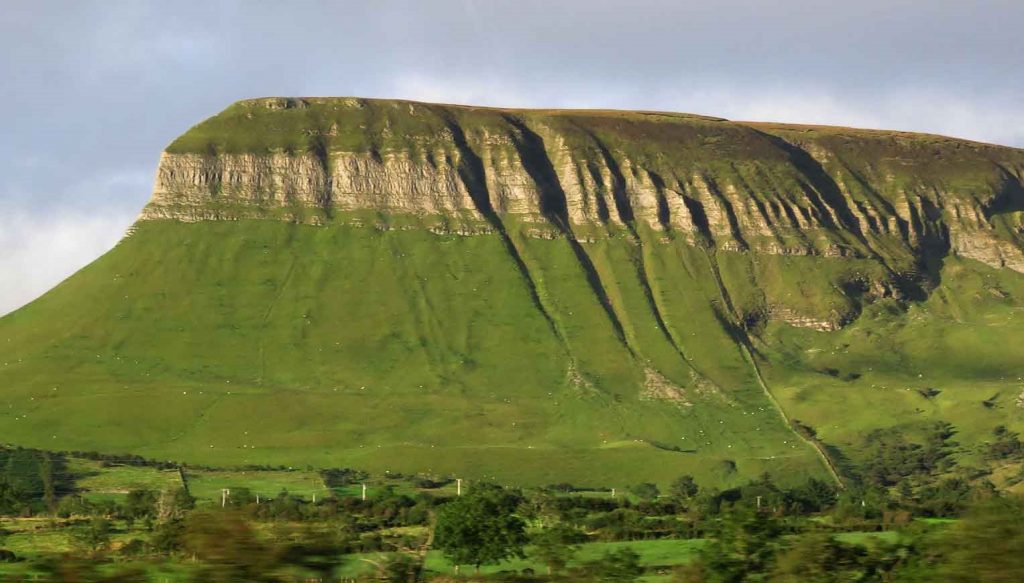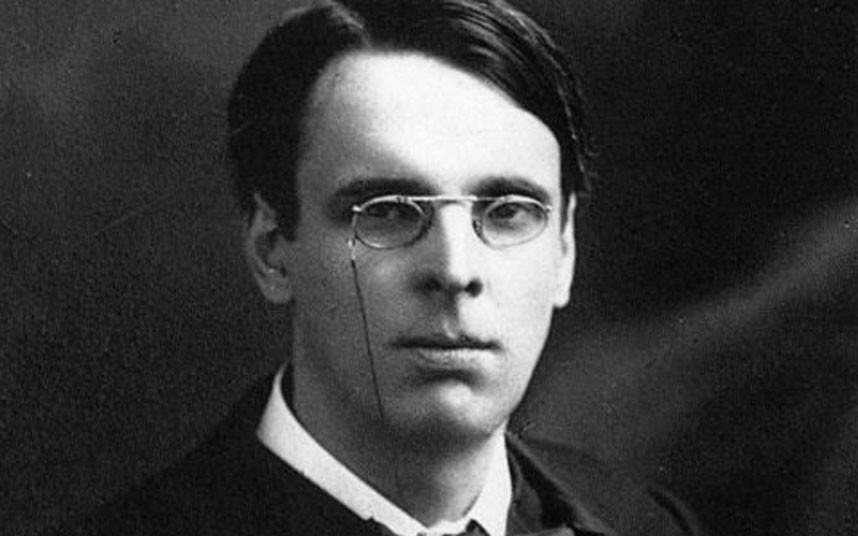William Butler Yeats was a prominent figure in 20th century literature who remains the most famous Irish poet. He was the most influential figure of the Irish Literature Revival and among others co-founded the Abbey Theatre, an important location that played such a pivotal role in the movement. Yeats became the first Irishman to be awarded the Nobel Prize in 1923. Here are some other fascinating facts:
- His brother was the first in Ireland to win an Olympic medal
Jack Yeats was William’s brother and was born on June 13, 1865 in County Dublin, Ireland. William Yeats was the eldest of six and his father a lawyer who then gained fame for painting portraits. Two of William’s siblings died while still babies. Of those who lived were a brother named Jack Yeats, a famous painter whose work gained him a silver medal at the Summer Olympics of 1924, making him the first Irish person to win an Olympic medal; and the had two sisters, both involved in the Arts and Crafts movement.
- Founding of the Rhymers Club in 1890
Yeats returned to London in 1887 and there William began working as a professional writer. In London, he encountered many other artists and writers, such as Shaw and Oscar Wilde. During 1890, Yeats founded the Rhymers’ Club together with English-Welsh author Ernest Rhys. The group, which became known as the included many well-known London-based poets at the time who met to discuss and sing their poems. Rhymers’ Club released two poetry anthologies in 1892 and 1894.
- Most famous poem The Tower
The first poetry collection by W.B. Yeats, named ‘The Wanderings of Oisin and Other Poems’, was first published in 1889. This collection soon earned him the title of an important and influential poet. Yeats’s poetry continued to change as he grew older with a lot of his most powerful works coming in the following years. Perhaps the most famous and influential volume is The Tower which was published in 1928, and contains some of his most famous poems.
- He was inspired by Sligo, Blake, folklore and spiritualism
When Yeats was a child, he spent a great deal of his youth staying with grandparents in Sligo, a coastal town in Ireland. Sligo’s sights and folklore are the inspiration for a lot of his works. Yeats’s poetry was initially inspired by Shelley’s work and then William Blake became his inspiration. Yeats was a member of The Golden Dawn, an organization dedicated to occult, metaphysical and paranormal activities; and The Ghost Club, a paranormal investigative and research organization. Yeats’s interest in legends, myths, spiritualism, and mysteriousness is reflected in his works. If you want to be inspired by the beauty of Sligo, get there with Airports in Ireland like https://irelandwestairport.com/
- Nobel prize winner
Yeats was a dedicated Irish Nationalist and in 1922, on the basis of the Irish Free State, he was granted an appointment to work as a member of the new Irish Senate, being re-elected in 1925. He served as senator for six years until he retired in 1928. In December 1923, Yeats was given the Nobel Prize for Literature. He was the first Irish Nobel Prize winner. Yeats considered that honour, which he received as soon as Ireland became independent, was more an acknowledgment of Irish literature than an individual gift.


